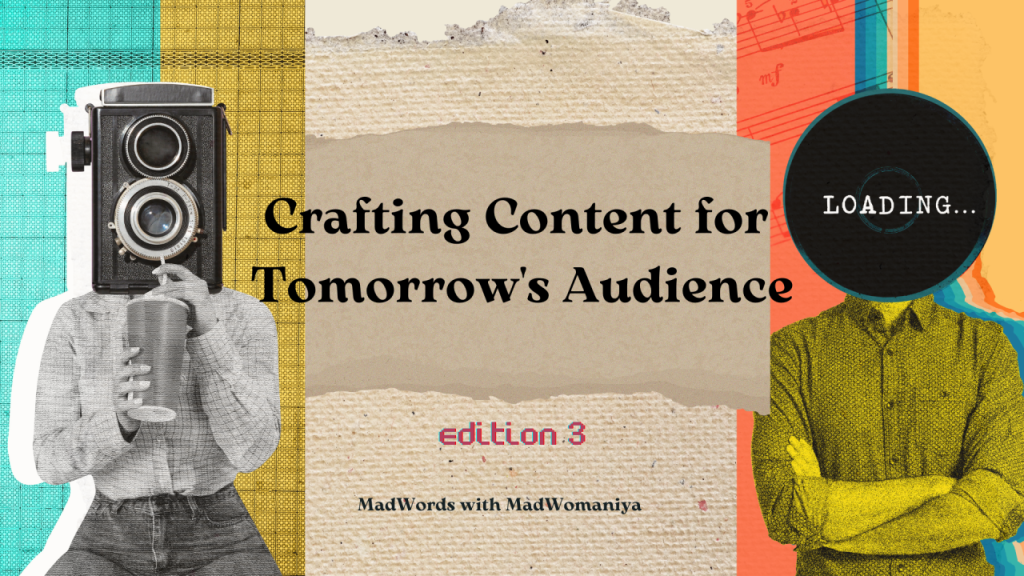
Introduction
In today’s fast-paced and digitally driven world, capturing and maintaining audience attention is increasingly challenging. With the constant barrage of information and distractions, it’s essential for communicators to find effective ways to engage their audience. One powerful tool that continues to stand the test of time is storytelling. Whether it’s through written words, visual media, or spoken narratives, storytelling has a unique ability to captivate audiences and leave a lasting impression. In this article, we’ll explore the power of storytelling and how it can be used to engage audiences in a distracted world.
Understanding the Impact of Storytelling
At its core, storytelling is about more than just conveying information; it’s about creating a connection with the audience. Stories have the ability to evoke emotions, stimulate imagination, and inspire action in ways that straightforward facts and figures cannot. From ancient myths passed down through generations to modern-day marketing campaigns, storytelling has been a fundamental part of human communication.
Neuroscience research has shown that when we hear a compelling story, our brains become more engaged and receptive. Storytelling activates various regions of the brain, including those responsible for processing emotions, memories, and sensory experiences. This multi-dimensional engagement makes stories more memorable and persuasive than other forms of communication.
Crafting Compelling Narratives
To effectively engage audiences through storytelling, communicators must understand the elements of a compelling narrative. Every story has key components, including characters, conflict, setting, and resolution. By weaving these elements together, storytellers can create a journey that draws audiences in and keeps them invested until the end.
Characters are central to any story, providing a relatable focal point for the audience. Whether they’re fictional protagonists or real-life heroes, well-developed characters invite audiences to empathize and connect with the narrative on a personal level. The conflict drives the plot forward, creating tension and suspense that keep audiences engaged. A compelling setting adds depth and context to the story, transporting audiences to different times and places. Finally, the resolution provides closure and satisfaction, leaving audiences with a sense of fulfillment.
Leveraging Storytelling in Communication
In today’s digital landscape, storytelling can be utilized across various platforms and mediums to engage audiences. From social media posts to video content to live presentations, there are countless opportunities to incorporate storytelling into communication strategies.
One effective approach is to use storytelling to humanize brands and organizations. By sharing authentic narratives that highlight the people behind the brand, companies can forge deeper connections with their audience and build trust and loyalty over time. Additionally, storytelling can be used to educate and inform audiences about complex topics in a more accessible and engaging manner. Whether it’s explaining scientific concepts, sharing customer success stories, or advocating for social causes, storytelling can simplify information and make it more relatable and compelling.
Overcoming Distractions with Storytelling
In a world filled with distractions, storytellers face the challenge of capturing and maintaining audience attention. However, by understanding the principles of effective storytelling, communicators can cut through the noise and create meaningful connections with their audience.
One way to overcome distractions is by crafting stories that are concise and to the point. In an age of short attention spans, brevity is key. By distilling complex ideas into clear and compelling narratives, storytellers can grab audience attention from the outset and hold it until the end. Additionally, incorporating visual elements such as images, videos, and infographics can enhance the storytelling experience and appeal to different learning styles.
Another strategy is to leverage the power of emotion in storytelling. Emotions are powerful drivers of engagement, and stories that evoke strong emotional responses are more likely to resonate with audiences. By tapping into universal themes such as love, loss, hope, and perseverance, storytellers can create connections that transcend cultural and demographic boundaries.
Conclusion
In a distracted world, storytelling remains a potent tool for engaging audiences and cutting through the noise. By understanding the impact of storytelling, crafting compelling narratives, and leveraging storytelling in communication strategies, communicators can connect with their audience on a deeper level and inspire action. In an age of constant change and information overload, the power of storytelling endures as a timeless and effective means of communication.